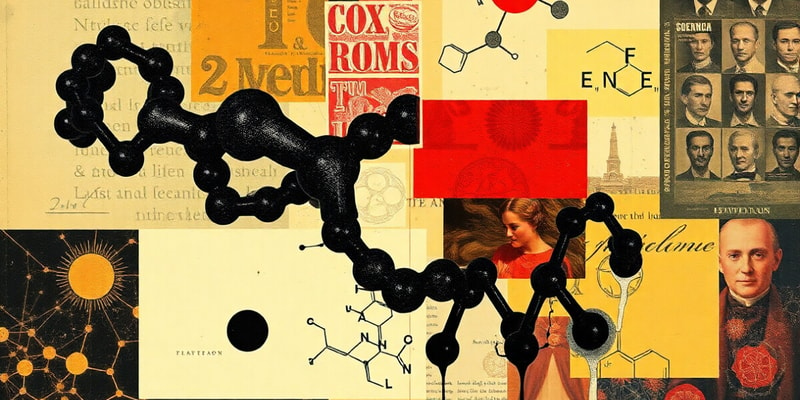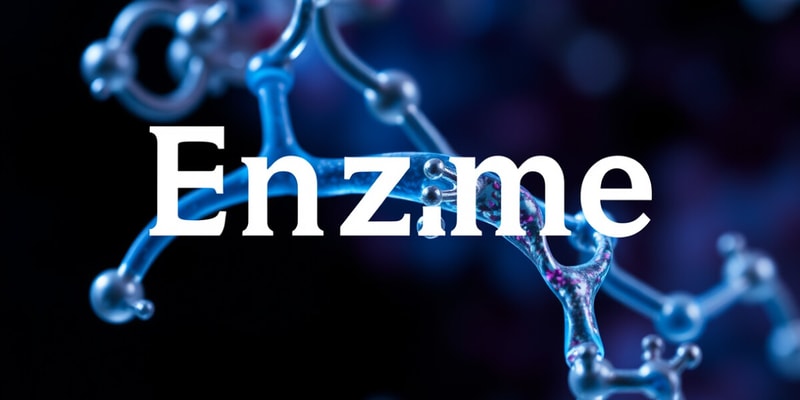Podcast Beta
Questions and Answers
What term describes the complex formed between an enzyme and its substrate?
Which of the following mechanisms allows enzymes to lower the activation energy (EA) barrier during a reaction?
What is the primary function of the active site on an enzyme?
What is the role of induced fit in enzyme activity?
Signup and view all the answers
Which factors can significantly affect enzyme activity?
Signup and view all the answers
Study Notes
Enzymes and Substrates
- Substrate refers to the specific reactant that an enzyme interacts with during a biochemical reaction.
- An enzyme-substrate complex forms when an enzyme binds to its substrate, initiating the reaction.
Active Site and Binding
- The active site is a specialized region on the enzyme where the substrate attaches.
- The binding of the substrate to the active site is critical for enzyme function.
Induced Fit Model
- The induced fit model describes the process where the enzyme alters its shape slightly to better accommodate the substrate, enhancing the catalytic reaction.
Mechanisms for Lowering Activation Energy (EA)
- Enzymes reduce the activation energy barrier by:
- Orienting substrates in an optimal arrangement for the reaction.
- Straining substrate bonds, creating tension that alters molecular shape and weakens bonds.
- Providing a microenvironment conducive to the reaction, such as differing pH or ionic conditions.
- Forming temporary covalent bonds with the substrate during the reaction.
Factors Influencing Enzyme Activity
- Enzyme activity can be modified by external conditions including:
- Temperature: Each enzyme has an optimal temperature at which it functions best.
- pH level: Each enzyme operates within a specific pH range, with extremes causing denaturation.
- Chemicals: Various inhibitors or activators can enhance or hinder enzyme functionality.
Optimal Conditions
- Each enzyme has a specific optimal structure, influenced by its temperature and pH, which ensures the most efficient catalytic activity.
Studying That Suits You
Use AI to generate personalized quizzes and flashcards to suit your learning preferences.
Description
Test your knowledge on the role of enzymes and substrates in biochemical reactions. This quiz covers essential concepts including enzyme-substrate complexes, active sites, and the induced fit model. Explore how enzymes lower activation energy and facilitate reactions effectively.





